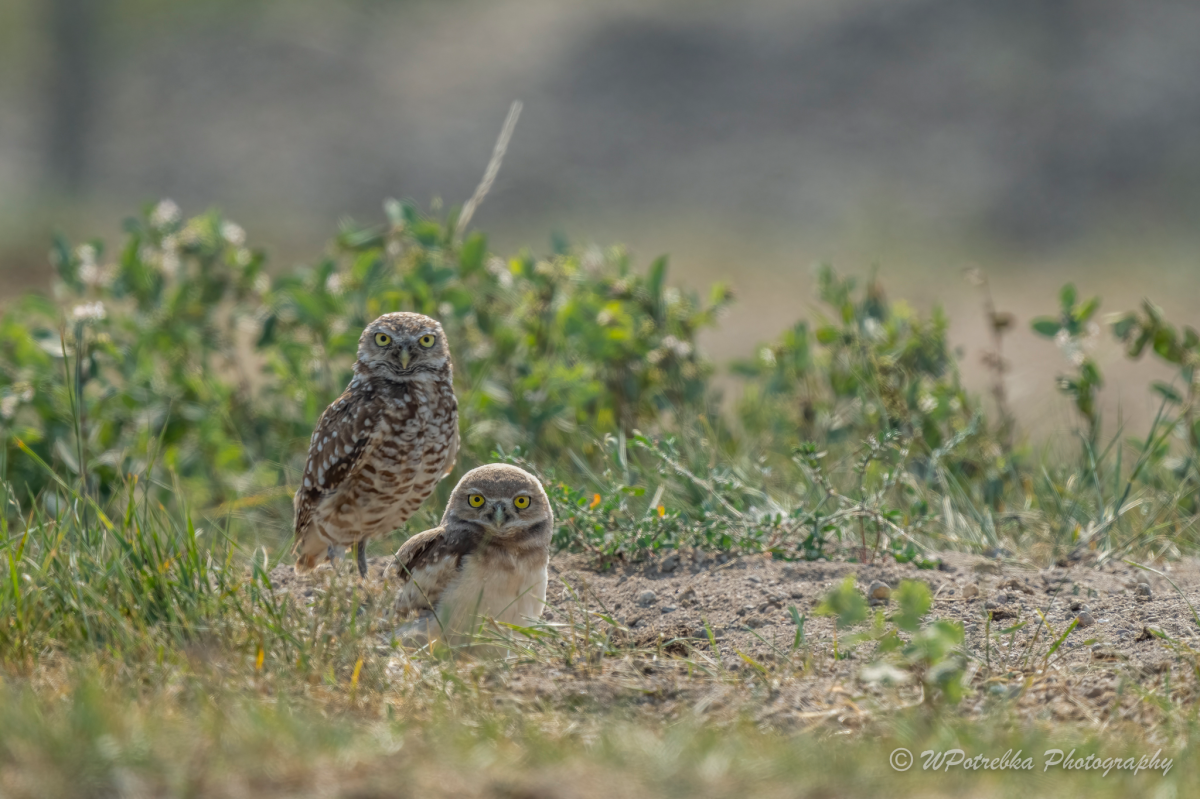Hundreds of hectares of land are set to be conserved in southern Manitoba, in an effort to protect the habitats of some of the country’s most endangered species.

The Nature Conservancy of Canada (NCC) announced on Wednesday plans to protect close to 520 hectares of the Jackson Pipestone Prairie and Wetlands. The conservation areas are close to the communities of Broomhill and Melita, and host what the NCC said are various at-risk or endangered species, from burrowing owls to the red-necked phalarope and black-crowned night herons.
In a press release, the organization said the move was part of an overall effort to conserve more than 500,000 hectares by 2030 across various prairie grasslands. It noted that the amount of land protected through the Prairie Grasslands Action Plan would equal to an area six times larger than that of Calgary. The plan was launched in June this year and would cost $500 million to be completed. The release further noted that an estimated 82 per cent of such grasslands have been lost in Manitoba, Saskatchewan and Alberta.
Josh Dillabough, the natural area manager for the NCC in Manitoba, said that 90 per cent of the province’s native prairie grasslands have “already been lost.” He added that it is a real and urgent concern for the “species, communities, farmers, producers and Indigenous peoples” relying on those lands.

Get daily National news
“The grasslands are Canada’s most endangered and least protected ecosystems that we have (in Canada) and across the world… our mission and mandate is biodiversity protection. That biodiversity happens to be within habitats like the prairies that are on Jackson Pipestone Prairie and Wetlands,” said Dillabough.
According to Dillabough, the NCC’s conservation project in the province would ensure the protection of habitats for a number of rare species. He added that as long as the NCC continues to exist, there will be a home for these species.
“Because of the losses that we see in habitat and in species, if nobody does anything and we continue to look to other places to do conservation work, we’re going to lose what we have,” said Dillabough. “What we have for grasslands and birds are right in our backyard. It would be a shame for us to lose those forever.”
According to the release, conservation projects are supported through funding from residents and businesses, with additional support from Environment and Climate Change Canada.











Comments